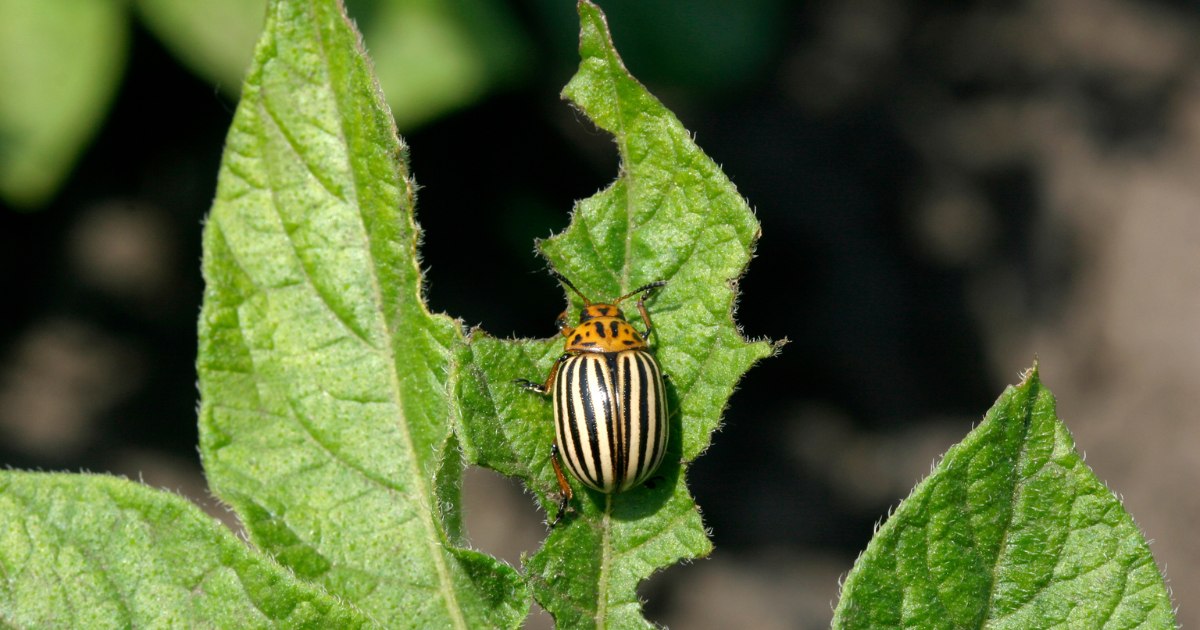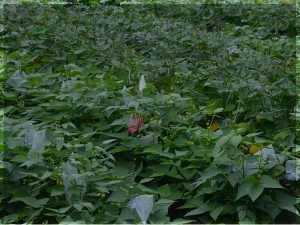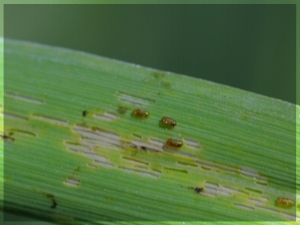
Pest and Disease Photo Database

The following database views feature photos of various pests and diseases impacting Delaware's commercial vegetable and fruit crops.
Click on a crop title to view the associated table.
Please note that these databases are still in development.
Learn more

Variety Trials

Pest Management
Related Fact Sheets
All Results
-
SOYBEAN VEIN NECROSIS VIRUS
Soybean Vein Necrosis Virus is an Orthotospovirus. This virus can be seed borne or vectored by multiple thrips species.
-
ALFALFA WEEVIL CONTROL IN ALFALFA
The alfalfa weevil (AW) overwinters in both the adult and egg stages. Although egg laying occurs in the fall and spring, larvae hatching from spring-laid eggs cause the most damage. Eggs are laid in the alfalfa stem any time temperatures are above 48 degrees F.
-
APHID CONTROL IN SMALL GRAINS IN THE SPRING
The most common aphid species found in Delaware small grain fields are the English grain aphid, bird cherry-oat aphid, corn leaf aphid, and the greenbug. These four species can overwinter on small grains as eggs or as females which give rise to offspring in the spring.
- 1
- 2
- 3
- 4
- 5
- 6
- 7
- >>





































